Matteo Salvini and Italy’s Government Instability (Again!)?, by Julian Campisi
By Julian Campisi, University of Toronto
Italians have come accustomed to expressing their dissatisfaction in political leaders and the system at large. Economic growth has been stagnant for two decades, unemployment, especially among youth, is stubbornly high, infrastructure is crumbling, bureaucracy is stifling, and government debt is growing. Time and again, new parties, leaders, and coalitions promise change, reform, progress and growth, yet they inevitably arrive at the same place: government instability and fresh elections. There have been over 60 different governments voted in since the 1950s, roughly one per year. This time it is Deputy Prime Minister Matteo Salvini of the League (Lega) who is at the precipice of bringing down another government and potentially leading the next one as the Prime Minister.
How did we get here?
March 2018 elections in Italy produced a hung parliament with no clear majority among parties or coalitions, resulting in (after two months of stalemate) the formation of an odd governing partnership between two parties previously pitted against one another: The League, a right-wing, pro-business, anti-immigration party with roots in the industrial north, and the 5-star movement (Movimento Cinque Stelle-M5S) led by Luigi di Maio, an anti-establishment, pro-environment and ideologically incoherent group of novice Parliamentarians that was formed only a few years prior by former comedian Beppe Grillo amidst an anti-EU and anti-corruption uproar. The League won 18% of the vote and the M5S won 33%, together putting them above the 50% threshold to form government. The uneasy ‘governing coalition’ between the two sides was premised on a ‘contract’ for change based on the electorate’s apparent antipathy towards the two traditional coalitions of centre right (around Silvio Berlusconi’s Forza Italia party) and centre left (around Matteo Renzi’s Democratic Party- PD).
Salvini and Di Maio compromised on the selection of a neutral PM Giuseppe Conte, and both remained as Deputy PMs trying to push their respective agendas. Policy-wise, the contract for change was far-reaching, broadly attempting to: set up a universal basic income plan (to appease the M5S southern Italian voters), institute a flat tax (a nod to the business community/northern regions), fight the European Commission over budgetary rules (deficits/debt), overhaul the Dublin regulation and fair burden sharing of migrant arrivals amongst all EU member states, and a host of other difficult promises that would prove hard, if not impossible, to keep. Perhaps the only common ground the two parties held was firstly, an anti-EU/anti-elite sentiment, and secondly, being in constant campaign mode. But from the outset in June 2018, Salvini quickly outmaneuvered Di Maio and manipulated the government narrative to his own liking, with the so-called migration ‘crisis’ at front and centre of the discourse. Over the year, the electorate responded well to Salvini, and poorly to Di Maio. In the EU Parliamentary elections of May 2019, their respective vote shares basically flipped, with the Lega earning 34% and the M5S just 17%. In this period, the M5S, which essentially started as a protest party, has shown to be inept at influencing governance in partnership with a strong-man leader, and has been losing support from both right and left.
Where are we now and what happens next?
After barely 14 months in government, Salvini, with an eye on his ascendant popularity, in early August decided to pull the plug on the governing coalition and threatened to withdraw his ministers based on an ‘unworkable government’, due to constant disagreement with the M5S and their final decision to not support the high speed TAV rail link between Italy and France. Critics and the M5S have decried his opportunistic dash to become PM at the expense of Italian stability, especially given the upcoming negotiations with the EU in which Italy must demonstrate that it is following budgetary rules. Salvini, however, has doubled down and his party issued a motion of non-confidence in PM Conte, which will be debated in Parliament soon. Things are moving quickly and are very fluid, but at this moment there is much uncertainty over what happens next. A number of possibilities remain, and only the President of the Republic, Mattarella, has the power to dissolve Parliament and decide what path to follow. Although hehind-the-scenes dealings have started, if the non-confidence motion on PM Conte passes in the next weeks, a few options are possible:
- Mattarella can look for another majority in Parliament with a coalition of other parties, likely M5S and PD, but the political splintering in both parties, in addition to the windfall it would give to the right-wing parties in a future election, makes this option tricky;
- Mattarella can call for new elections within 70 days, but this would coincide with delicate plans for the Italian 2020 budget preparations, its presentation to Parliament and subsequent negotiations with the EU Commission;
- Mattarella can convene another ‘technocratic’ government and appoint a neutral PM, with the support of the majority of Parliament, in order to pass a viable 2020 budget this Autumn, and then proceed with elections in early 2020;
- Other Autumn election alternatives that involve a reduction in 345 Parliamentarians and their salaries (an M5S proposal) before agreeing to a vote.
Whichever set of options materialize there are a number of political implications to consider. As Salvini has governed as a Deputy PM with Di Maio, it has enabled him to use his position to strengthen his electoral base on contentious issues such as security and migration. This has allowed him to maximize his popularity and he wants to take advantage of this immediately. Any talk of the President’s government of technocrats, or a new PD-M5S coalition, will likely be manipulated by Salvini to appeal to his base that the elites are trying to prevent his ascendance to the highest office, and stop him from finally ‘changing’ Italy for the better. Salvini also knows that his main opposition is divided on which course of options to pursue – technocratic, partnership, or elections; and this reaffirms his desire for immediate elections. The PD and M5S are down in the polls, and are rightly worried about an imminent vote, which might mean more politicking amongst them. Berlusconi may prove to be important yet again, if he promises to support Salvini as head of the right wing coalition (which is by no means guaranteed), or if he decides to support another type of coalition in the current Parliament. Still, Salvini’s gamble may backfire, note many experts, and Italians may not forgive him at the polls for creating another political crisis in government at a delicate economic time. Regardless, the outcome will likely coincide with further instability, which seems to be the only constant in Italian politics. President Mattarella will again have to be at his creative best in order to carefully navigate this difficult period, until the next one…
About the author: Julian Campisi recently completed his PhD in Political Science at York University (2018). He is a postdoctoral researcher at Glendon College and Lecturer at the University of Toronto. His research interests are predominantly in the field of political risk analysis in emerging and developed economies, and the methodologies that underpin risk assessments in the private and public realms. He focuses on how this intersects in the applied sense with institutions, democratic and economic development. He also studies the determinants of FDI at the institutional, political, and socio-cultural levels, and how these can contribute to international business decisions. Julian was a visiting scholar in 2015-16 at LUISS University in Rome, and has recently published in the Journal of Political Risk, Thunderbird International Business Review, and Italian Journal of Public Policy, in addition to other outlets. He completed his MA at UBC Vancouver in European Studies, and his BA at U Ottawa in International Studies. He currently teaches courses on Canadian politics, public relations and global cultures, in addition to providing consulting advice to the political risk industry. He is currently writing a chapter on populism as risk for an edited volume, and a book on the political risk industry.
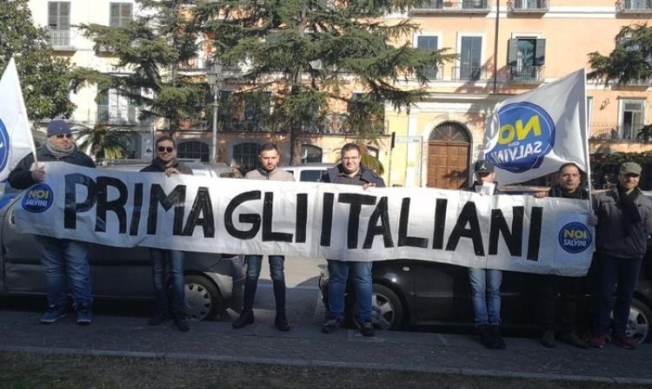 creative commons licence
creative commons licence
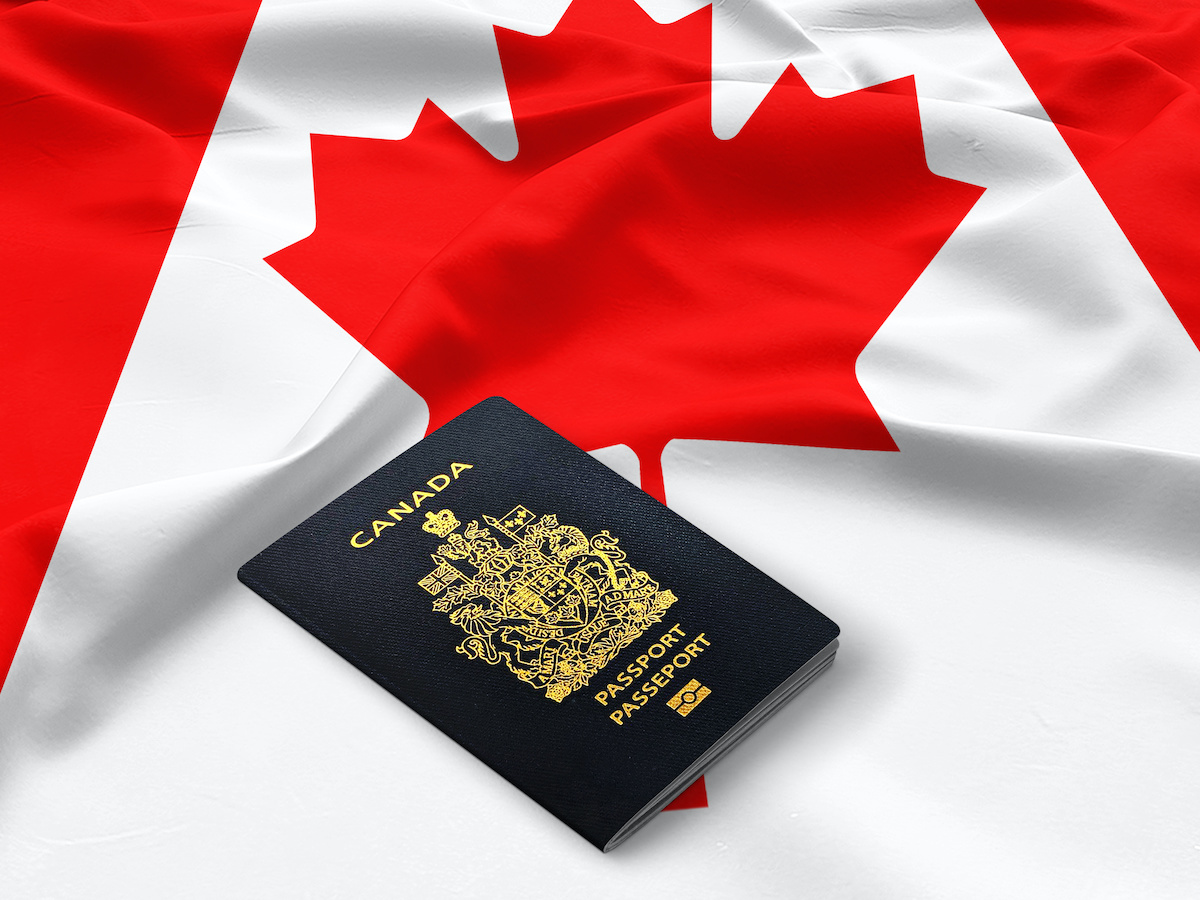
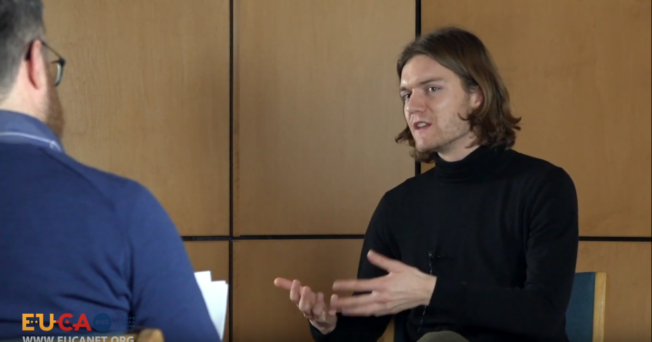
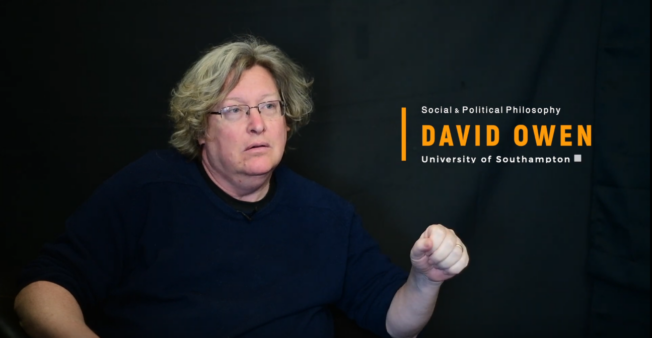

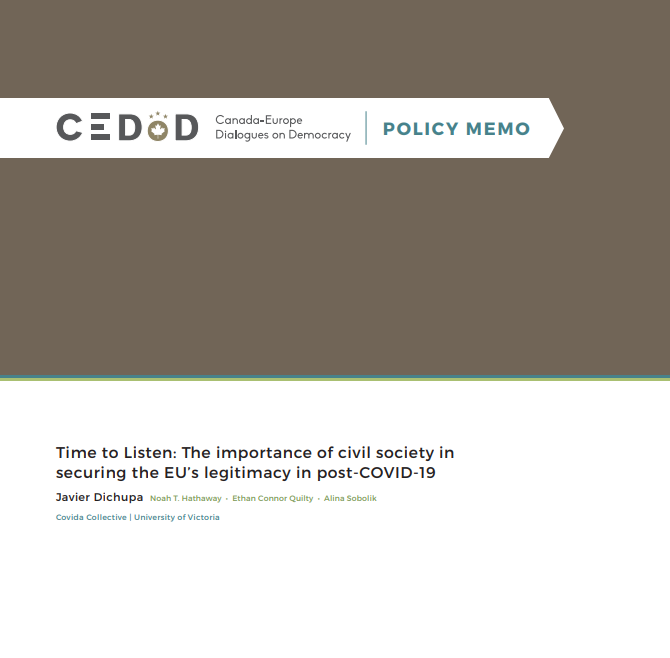




Leave a Reply
Want to join the discussion?Feel free to contribute!